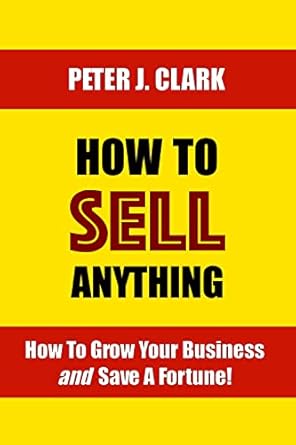Travel rewards: A gateway to customer loyalty
The ultimate aim for any brand strategy is building and driving brand loyalty. Whether the business is a major supermarket retailer or a luxury product with a niche market, attracting and maintaining customers is central to both strengthening reputation and boosting the bottom line, according to Adrian Hado, head of insight and analytics for Avios.
However, while we all know that loyalty is what we set out to achieve, often an organisation can lose sight of what this really means, both to the business and to the customer. In the past few years, the difficult and fiercely competitive economic climate has led to a surge in money-off vouchers and discount coupons as brands and retailers attempt to match consumers' concerns over costs with discount promotions to generate loyalty.
But, while these offers are undoubtedly popular and are able to drive short term sales, they are relatively expensive to businesses and do not secure long-term brand loyalty. Significantly, as transactional rewards, they do not resonate with or leverage consumers' emotional decision making. With consumers becoming more and more restrained by the purse strings, brands now more than ever must ensure that they are responding to customers' emotional needs in order to create brand attachment.
Furthermore, a travel rewards programme (such as Avios, for example) can enable brands to offer aspirational rewards which tap into consumers' emotional decision making, and this engenders long-term loyalty at relatively low cost.
Quick-fix discounts lack the emotional touch
Building brand loyalty can be a challenging and daunting task in times of an economic downturn. With money tight, consumers are cutting personal budgets and thinking carefully about every penny they spend. A recent report from Ipsos Mori showed that consumers are now more concerned about the cost of shopping over social and environmental issues, with 44% preparing for the economy to worsen over the next 12 months.
The logical solution, therefore, is that brands or retailers that offer value for money (such as discounted prices or money-off coupons) will attract the attention of customers who do not want to give up on their favourite goods or experiences but who need to count the finite cost.
However, while the increasing popularity of these redemption coupons underlines that consumers are seeking to make every pound go as far as possible, they often do little to differentiate businesses or impact long-term consumer behaviour.
True brand attachment is achieved when rewards programmes tap into consumers' emotional spending. Especially at a time of low consumer confidence, it can be easily forgotten that loyalty is not simply price-driven but is, by its very nature, emotional. Loyalty - whether to your best friend, your employer, or your favourite brand - is all about commitment. Quite simply, reward programmes that appeal to consumers' emotional and aspirational needs are the most successful. In this sense it's important that brands really get to know their customers in order to deliver meaningful rewards programmes.
As a starting point, data capturing allows brands to compile in-depth knowledge of the consumer base and understand spending habits. This helps match what consumers would value in a loyalty scheme, and when. The power of data is that it allows programmes to match behavioural spending and ensure they are emotionally relevant.
Going one step further, it's necessary to link what customers say and what the data really tells you to understand emotional habits. This allows businesses to really "get inside the minds" of customers to understand emotional spending, since what consumers report in data questionnaires often differs from their true emotional spending patterns, or what is really important to them.
Driving long-term loyalty through travel rewards
Travel and holidays are often the one thing that consumers feel they may have to give up when times are tight - but nobody really wants to have to make that sacrifice. Travel rewards programmes - offering flights, hotels, holidays, days out, and pampering packages - respond to these concerns and excite consumers by offering these rewards for everyday spending; spending on the essentials that they need to do year-round.
All too often, it is assumed that the perceived high value of travel rewards will mean a high cost to the business offering them. But this is not always the case because travel rewards (which are high-value and personally significant to consumers) may be obtained at a relatively low cost to the brand.
Moreover, travel rewards are an effective way to attract and retain high-spending consumers. Money-off coupons appeal to customers who are promotion-driven and train customers to buy on promotion. While this does add value, Avios' own research found that those who find travel rewards appealing have an annual household income that is nearly 30% higher than those who are attracted to money-off shopping. In addition, the research showed that those attracted by travel rewards also spend at least one third more on their credit cards compared to those who prefer other types of rewards.
So, at a time when consumers are putting so much thought into spending decisions, travel rewards that combine both emotional and aspirational spending offer a powerful way to ensure that brand loyalty and the all-important bottom line really take off.
Sources: Avios / The Marketing Factbook.
Copyright © 2013 - 2025 The Marketing Factbook.
Categorised as:
- Customer Experience
- Customer Loyalty
- Knowing The Customer
- Marketing Know-How
- Marketing Technology
